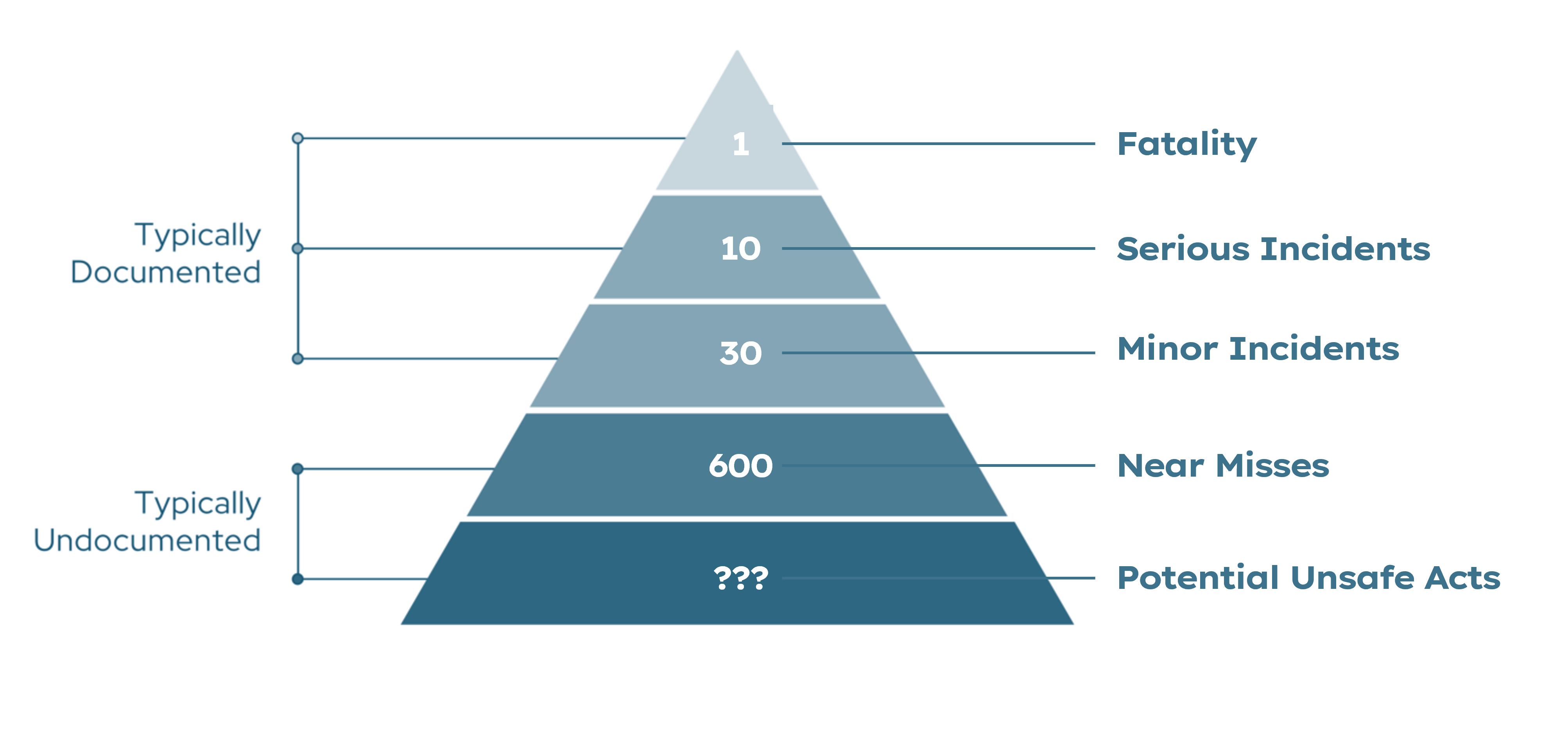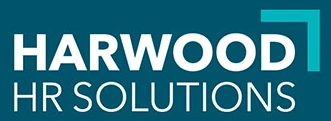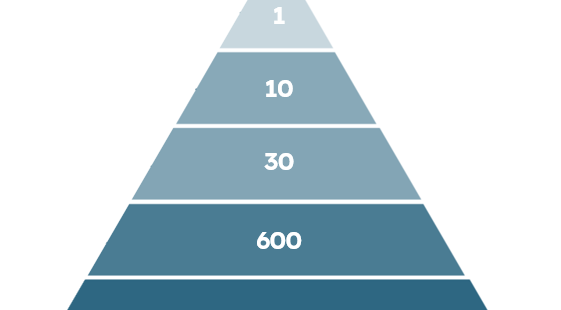Prioritising Incident Reporting
Prioritising Incident Reporting for Workplace Safety and Compliance

April 2024
Ensuring workplace safety and compliance is crucial for everyone involved, from employers to employees. The UK Health and Safety Executive (HSE) website, emphasises the importance of incident reporting for all workplaces, regardless of size. They reported that between 2022/23, 561,000 workers sustained a self-reported non-fatal injury in the workplace. At all times, all employees and employers should be seeking to reduce these numbers. To help minimise and reduce incidents in your workplace, use the tools available on our portal to maintain compliance and promote a safe working environment for your workplace.
Effective incident reporting involves understanding the difference between accidents and incidents. Accidents involve unexpected events causing harm or damage, while incidents cover a wider range, including near misses and potential hazards. Recognising this difference helps businesses identify safety issues early on and address them before they become more severe. By acknowledging that incidents encompass a broader spectrum of events, from near misses to potential hazards, employees and employers can develop a more comprehensive understanding of workplace safety. This heightened awareness empowers them to be proactive in identifying and reporting potential risks, rather than solely reacting to accidents after they occur. Moreover, understanding the nuances between accidents and incidents fosters a sense of accountability among employees and management alike, as they collectively strive towards a safer work environment.
One valuable tool in incident reporting and workplace safety management is the Heinrich Safety Pyramid. This concept, developed by Herbert William Heinrich in 1931, illustrates the relationship between near misses, minor incidents, and major accidents. According to Heinrich’s theory, for every major accident, there are a significant number of minor incidents and near misses. By addressing and reporting these minor incidents and near misses, businesses can effectively prevent more severe accidents. The Heinrich Safety Pyramid underscores the importance of proactive incident reporting and highlights the potential impact of identifying and addressing safety concerns at their early stages. Integrating the principles of the Heinrich Safety Pyramid into incident reporting procedures can help businesses prioritise safety, reduce risks, and create a safer working environment for everyone involved.
Employers benefit from efficient incident reporting by meeting legal obligations and safeguarding employee well-being, fostering transparency, and accountability, thus enhancing productivity and morale. Employees, as frontline observers, play a crucial role in incident reporting, contributing to a safer work environment. Empowering them to promptly report incidents not only reduces accident risks but also fosters a culture of trust and safety where concerns are addressed proactively.
In summary, incident reporting is not just a legal obligation but a proactive measure to protect everyone in the workplace. Prioritising incident reporting using available tools on our portal enhances safety, mitigates risks, and fosters a culture of accountability and compliance. Compliance with HSE guidelines is essential for creating a safer and healthier work environment, regardless of the size of the business.

